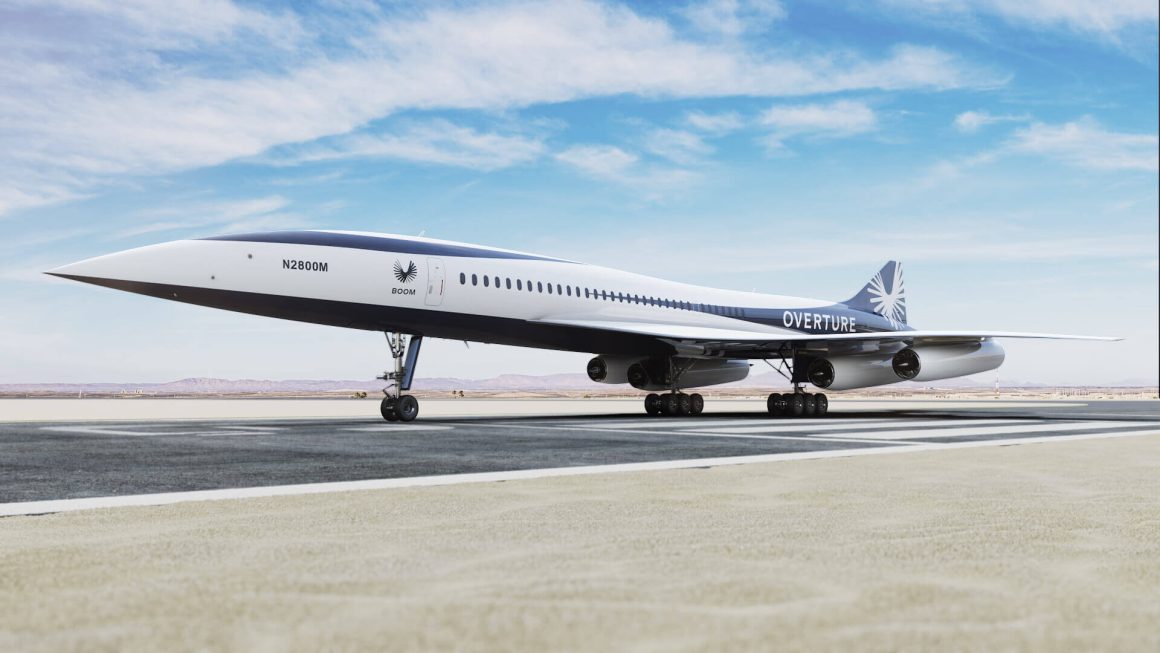As a people, we like to think that we’re living in the most advanced society. Today you can carry on a conversation with your computer via ChatGPT. Taxis sometimes drive you around without a driver. And you can access nearly any video or movie ever made with just a simple search. Yet there is one area where we truly have regressed. That is supersonic flight.
Supersonic Flight Used To Be Common For Some
From 1976 through 2003 (with the exception of 2000-2001 after the Concorde crash), well heeled passengers regularly flew at Mach 2+ across the ocean with a crew of professionals in both the cockpit and serving passengers. Lunch in the UK could be followed up with a nightcap in New York. A weekend shopping trip in Paris took less time than flying from New York to Los Angeles in a conventional airliner. Supersonic travel was never cheap, sometimes costing over $10,000 one way, but it was possible. That possibility ended 20 years ago as the final revenue flight occurred on a British Airways flight from New York’s JFK to London Heathrow on 26 November 2003.
And Then It Ended
The final flight of the Concorde was a bit unusual in that no new aircraft with similar or greater capabilities were ready to replace it. This final journey was an emotional moment for both the crew and the passengers, many of whom were aviation enthusiasts and celebrities, marking the end of supersonic passenger travel. Shortly after the final flight, the remaining Concordes were shuttled around the US, UK, and Europe to be displayed in museums. The era of supersonic passenger travel was over.
So What’s Next?
No one is really sure. There have been a few failed attempts to build a supersonic business jet, most notably Aerion Supersonic which shut down back in 2021. NASA has a promising research project called the X-59 that is focused on the mitigation of sonic booms. That aircraft is currently in final testing before its first flight.
Boom is probably the best hope

Probably the most promising supersonic program is being developed by Boom Supersonic. Their Overture jet is designed to fly at Mach 1.7 and carry between 64-80 passengers in an all business configuration. While the aircraft has received commitments from United Airlines, Japan Airlines, and American Airlines, the program is still in its relative infancy.
Their first proof of concept aircraft, known as the XB-1, is in its final testing before its first flight. That aircraft though is only meant to test technologies that are required for the final and larger Overture jet. The program still faces large hurdles, most notably, the jet’s engines. Potentially experienced engine developers have backed away from the program, leaving less experienced companies trying to fill the gap of developing a new supersonic capable engine called Symphony on a very tight timeline. First flight is supposed to be sometime in 2026. So possibly, maybe, hopefully, we’ll see a regular return of supersonic passenger flights by the end of this decade. Here’s hoping!

